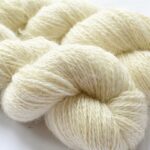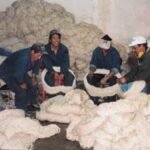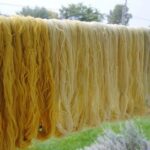HISTORY OF RUG MANUFACTURING
Carpet weaving continues to be a source of livelihood for many artisans in India. The carpet weaving industry in India, is highly labor intensive and it forms a considerable chunk of the handloom industry. It has been providing a huge boost to India’s export and has been contributing significantly to Indian economy. The industry provides livelihood to approximately 2.5 million artisans and earns significant foreign exchange for the country. Export earnings from carpet industry have been increasing over the years especially from 1996 onwards and touching over USD 621 million during 2005-06. Presently, India exports carpets worth over Rupees 6000 crores.
A major part of arts and handicrafts, this profession continues to be very popular in the region of Uttar Pradesh, Rajasthan and Kashmir. Major centers of production are Bhadohi, Agra, Jaipur and Kashmir. During the last few decades, hand-tufted carpets have emerged as one of the major categories apart from hand knotted woolen carpets. The different types of carpets include tufted woolen carpets, GABBE woolen carpets, handmade woolen durries, pure silk carpets, staple or synthetic carpets and chain stitch rugs. Due to proximity to home furnishing products, Panipat has emerged as another major center for carpet manufacturing.









